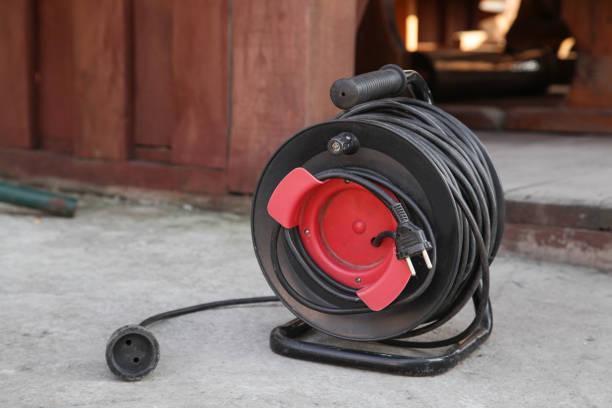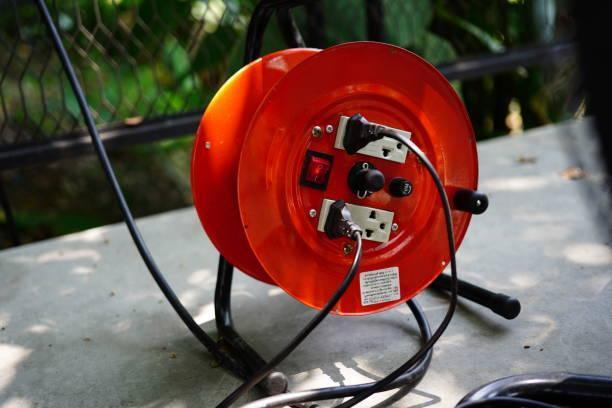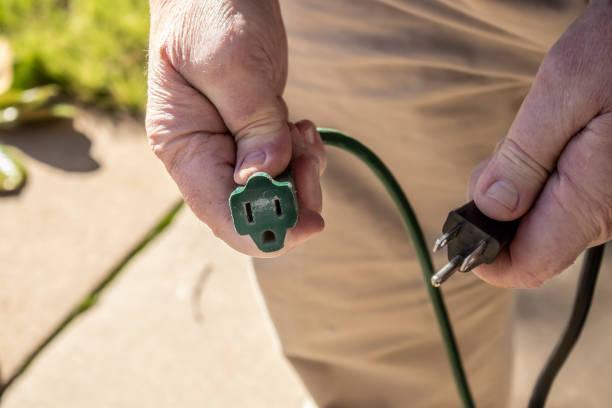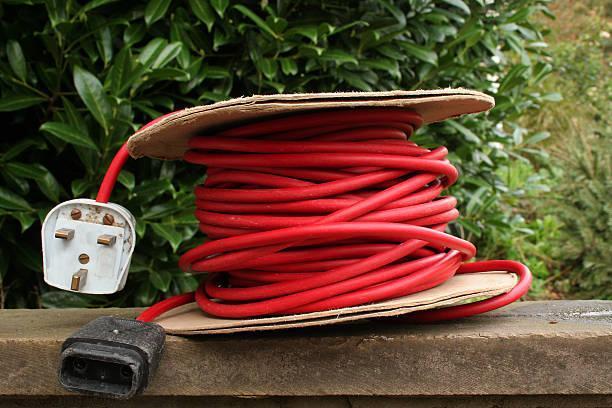
If you are looking for the perfect heavy-duty and versatile extension cord, the 10-gauge extension should be an ideal option. It can help you power multiple devices, especially kitchen appliances, or use it for other heavy-duty devices in environments like garages, warehouses, etc.
It has unique features to meet all these needs compared to ordinary home extension cords, i.e., it has a higher amp rating and a thicker wire to reduce current loss.
Due to its versatility, it can also suit specific outdoor needs, such as lawn mowing. Despite being suitable and perfect for all these needs, you should handle it carefully to extend its lifespan and avoid accidents like short-circuiting and fires.
Unlike other extension cords, it can carry a lot of energy at higher speeds without IMF interference; hence, it is perfect for connecting multiple devices simultaneously. Therefore, you should pay attention to the tips to help you handle it carefully and ensure safety.
Contents
1. Applications of These Extension Cord
It is a heavy-duty cord that can be used for certain home and external needs. However, you should carefully follow the application guidelines to avoid overloading, which can lead to accidents. Any time you plug more than one device into the extension cord, ensure the energy needed does not surpass that the cord can carry at any time.
When using it in areas such as the kitchen, you can connect multiple devices simultaneously, but pay attention to the voltage required. For external needs, you can use it to power machines needed for constrictions, repairs, and other outdoor activities. They are perfect for backyard needs, i.e., connecting backyard lighting for different events like parties.
When looking for a versatile and reliable extension cord, a 10 gauge extension cord will be a better solution as it can be used for professional, outdoor, RV, workshops, constriction sites, garage needs, and electrical supply. This is due to their energy supply capacity and features like cable thickness to withstand environmental conditions and prevent energy loss and other issues.
Do not overload the extension cord for outdoor needs since you can damage it when powering heavy-duty machines simultaneously. The best advice is to use one device at a time, especially if you plan to use the cord longer. Also, note that these cords are unsuitable for long-term energy supply; you should consider other permanent solutions. Such uses can easily lead to damages that can be hard to notice but increase over time.

2. Preventing Core Hazards
One of the greatest concerns when using extension cords is the fires and short-circuiting, which can be sudden and have maximum impacts. When using it, ensure components like internal wires are not exposed to humidity, which can trigger electrical shock and other challenges.
Therefore, before using it for outdoor ventures, inspect the cables to ensure they are well insulated with no cuts. In case of any cuts, replace the cables and not tape them, leaving them vulnerable to external conditions.
Next, ensure all the devices plugged in are fully plugged to avoid unstable power connectivity, which can easily trigger fires. Also, connect to the right terminals, i.e., if it is a three-prong cord, connect the three-prong socket outlets. The same should apply to the devices connected to the extension cord.
Once done with what you are doing, you should unplug them or turn off the connections to avoid current wasting or overloads, which can easily trigger fires. Inspect the power sources to ensure the voltage sources are reliable and avoid destroying the devices connected to the extension cord.

3. Proper Storage and Handling
One of the most common mistakes people make is properly handling extension cords. The first measure is proper storage to avoid cuts, debris, and humidity in the extension cord. In humidity, ensure the internal components are dry to avoid fire sparks. The best way to store them is to hang them on the wall and circularly round the cord to avoid cuts. Avoid storing them among other products, mainly liquids, powder, paints, or dusty areas, which can accumulate debris on the cords.
The next guidance on handling is to avoid daisy-chaining. This refers to connecting one extension to another to help you reach the desired destinations. Such connectivities can easily trigger fires and lead to short-circuiting, significantly when the current and energy specs vary amongst the connected cords.
Worse, you can quickly start fires or damage devices connected. A problem with the first extension cord will affect the subsequent ones, causing a more significant loss.
You can also minimize the energy capabilities due to subsequent connection; hence, the last cord may not supply the needed energy, leading to device failures. Also, do not use the cords too long, especially when interconnected or when you power multiple devices.
For perfect handling, you should buy protective features like GFCI Protection, especially when using the cord externally and in cold conditions. It is also ideal for protecting against electrical shocks and sudden fires. You can also buy an extension cord protection material like an external jacket to protect the power inlets from getting into contact with external conditions like humidity.

Bottomline
Handling an extension cord properly can extend its lifespan and avoid accidents like fire hazards, especially outdoors. For long-term needs, store them properly, follow connectivity guidelines to prevent overload, connecting multiple cords, and connecting to the wrong power source.
For ultimate protection, use a protection jacket in humid conditions and store it in the best conditions, free from humidity, dust, and other sharp objects.
Check also : Exploring the Convenience of European SIM Cards
